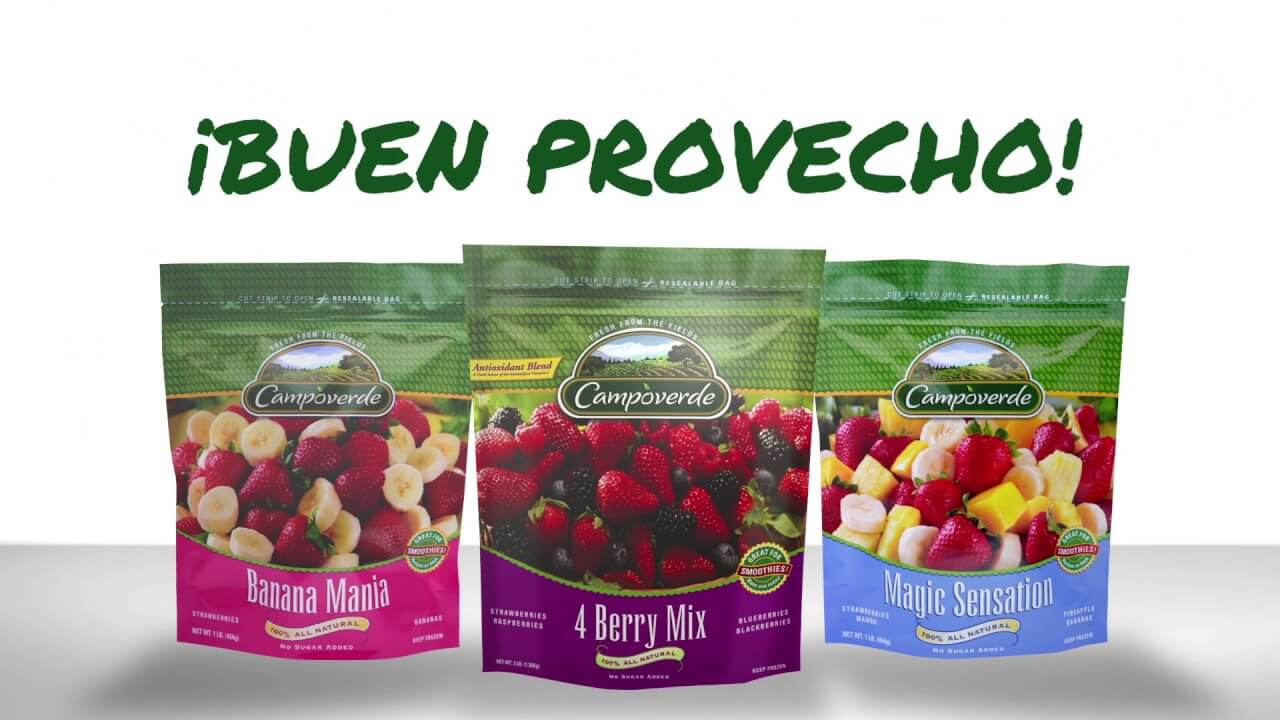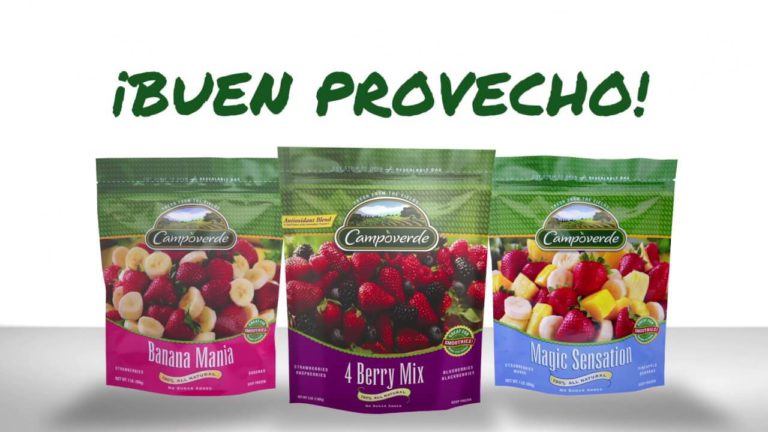Fruits and Vegetables
Every day more people want to improve their eating habits with the idea of achieving good health and maintaining an adequate weight, preventing diseases and living longer along with a good quality of life.
Fruits and vegetables have been recognized as pillars of nutrition and can help achieve all of these goals.
Fruits and vegetables have been recognized as pillars of nutrition and can help achieve all of these goals.
Through this segment we will guide you, from the basics, about the benefits of fruits and vegetables... a wonderful gift from nature.
When we hear the words fruits and vegetables, we definitely think of health and nutrition. They represent two food groups that play a very important role in one’s daily diet throughout the different stages of life.
They share similar nutritional properties but have particular characteristics and times of consumption.
They share similar nutritional properties but have particular characteristics and times of consumption.
Fruits are characterized by their taste (which is generally sweet-acidic), and their intense and pleasant aroma. They are usually consumed fresh, frozen or juiced. Vegetables are usually eaten raw, frozen or juiced alone or combined with fruits. Both groups tend to have a low-calorie intake (much lower in vegetables) with a high-water content, which facilitates hydration. In addition, these are good sources of fiber, which helps the proper functioning of the digestive system, among other things. Generally, both groups are rich in vitamins, minerals and antioxidants, but we will see their composition in detail.
The composition of the fruits depends above all on the type of fruit and its degree of ripeness.
- Water: 80-90% of fruit is water. This, together with their aromatic qualities, makes it very refreshing.
- Carbohydrates: 5-20% of fruit is carbohydrates. This number can vary according to the species and harvest season. Carbohydrates are generally simple sugars that are easily digested and quickly absorbed. In fact, when the fruit is not ripe, its starch content is higher.
- Vitamins: rich in carotenes, vitamin C, vitamins of group B.
- Minerals: rich in potassium, magnesium, iron and calcium.
- Caloric value: determined by the concentration in sugars, which fluctuates from 30-80 calories per 100 grams (1 small fruit | 1 cup). It is worth mentioning that some fruits do have fat content. These include:
- Coconut (derived from the pulp: milk, oil, cream): its greatest contribution is saturated fat with high caloric content.
- Avocado: it is considered a fruit, but contrary to fruits, its greatest contribution is (healthy) fat with low carbohydrate and protein content.
- Proteins and fats: they are scarce within the edible part of fruits, although they are featured in some seeds.
- Aromas and pigments: the flavor of each fruit is determined by the content of acids, sugars and other aromatic substances. For example:
- malic acid predominates in apples
- citric acid in oranges, lemons, tangerines
- tartaric acid in grapes
Vegetable Composition
They have low or no protein and fat content. Its caloric intake, which is also low (20-60 calories per 100 grams), comes from carbohydrates which, due to their fiber content, are slowly absorbed. They are the main source of vitamins A and C, among others.
Vitamin A is derived from the yellow or red color and vitamin C from the green of the leaves. In addition, they contain minerals such as potassium and calcium, as well as fibers and water.
Vitamin A is derived from the yellow or red color and vitamin C from the green of the leaves. In addition, they contain minerals such as potassium and calcium, as well as fibers and water.
Just like all the food and drinks we consume daily, our vegetable intake should closely match the amount of calories we need and the level of physical activity we practice. Therefore, portion control is necessary.
- FRUIT – servings may vary by fruit and fluctuate from one-half cup (½ cup) to one cup (1 cup) and the recommended daily allowance in a 2000 calorie plan is two cups (2 cups).
- VEGETABLES – measured as half a cup (1/2 cup) if cooked and one cup (1 cup) raw. The recommended daily allowance in a 2000 calorie plan is two and a half cups (2-1 / 2 cup).
For those who do not like fruits and vegetables or do not know how to integrate them into their diet, the option of consuming them mixed in a drink is an excellent solution to obtain the health benefits of these two food groups.







